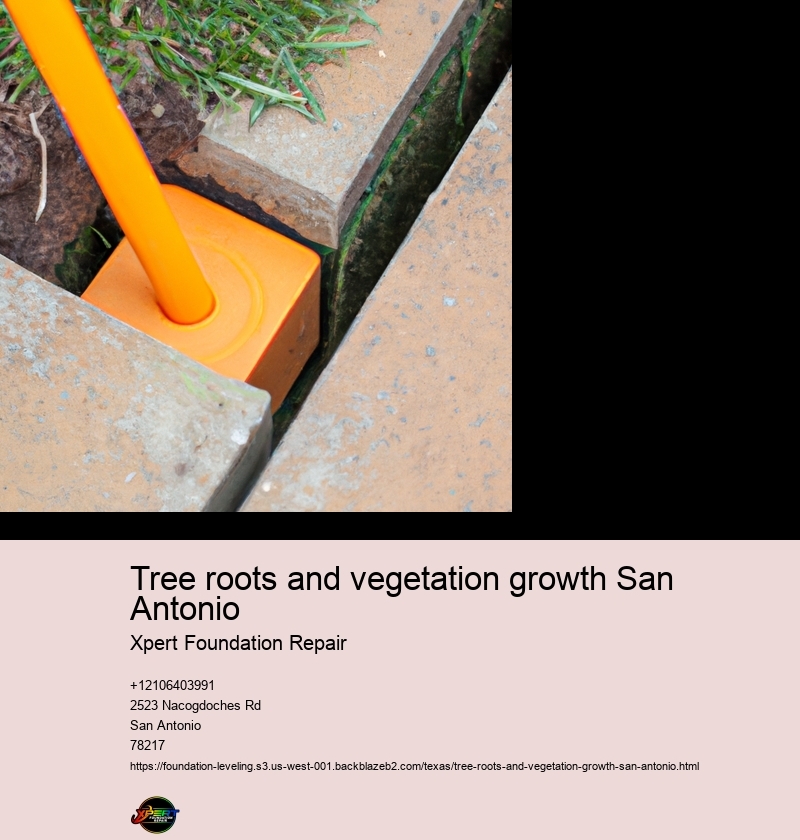Tree roots and vegetation growth San Antonio
San Antonio, a city known for its vibrant culture and rich history, is also a place where the natural world thrives amidst urban development. The relationship between tree roots and vegetation growth in this bustling Texan city is a testament to the balance that can exist between nature and human activity.
The sprawling canopy of San Antonio's trees is not just an aesthetic marvel; it plays a crucial role in maintaining ecological balance and enhancing the quality of life for its residents. Tree roots, often unseen heroes, anchor these towering structures to the ground, providing stability while seeking out vital nutrients from deep within the earth. These roots create intricate networks below our feet, intertwining with one another in a complex subterranean web that supports both individual trees and entire ecosystems.
In San Antonio's varied landscaperanging from lush parks like Brackenridge Park to the tranquil Japanese Tea Gardenvegetation growth is closely tied to these hidden root systems. Roots help to aerate the soil, allowing water and air to penetrate deeper into the ground. This process facilitates better drainage during heavy rainsa common occurrence in South Texasand reduces soil erosion that can damage both natural habitats and urban infrastructure.
Moreover, as vegetation flourishes alongside robust tree growth, it contributes significantly to San Antonios environment by purifying air and producing oxygen through photosynthesis. Trees such as live oaks, cedar elms, and mesquitewhich are well-adapted to the region's hot climateare particularly effective at sequestering carbon dioxide, mitigating some of the effects of global warming.
Tree roots are also instrumental in fostering biodiversity within San Antonio's green spaces. By stabilizing soil structure and moisture levels, they create hospitable environments for various plant species to thrive alongside each other. Native wildflowers such as bluebonnets add splashes of color against verdant backgrounds while serving as important nectar sources for pollinators like bees and butterflies.
Yet challenges persist in protecting these natural assets amid rapid urbanization. The encroachment of construction projects can lead to root damage if proper care isn't taken during excavation work. Its essential that developers adhere to best practices like using root barriers or choosing alternative building locations when possible so as not to disturb existing tree systems.
The City of San Antonio recognizes this delicate balance between development and conservation through initiatives aimed at preserving green spaces while promoting sustainable urban growth. Efforts such as tree preservation ordinances highlight local government commitment toward ensuring that future generations will continue enjoying tree-lined streetscapes abundant with diverse flora.
Education programs further empower residents with knowledge about native plant species suitable for xeriscapingthe practice of landscaping with drought-resistant plantsto maintain healthy gardens even under water restrictions often necessary due to seasonal droughts typical for Central Texas.
Community engagement takes shape through events like Arbor Day celebrations where citizens come together planting new saplings signifying hope for continued partnership between people and nature sustaining this historic city's beauty long into future horizons.
In conclusion, understanding how intricately connected tree roots are with vegetation growth allows one appreciate more deeply just how resilient yet fragile our ecosystem is especially within an urban center like San Franciso keeping pace modernity whilst cherishing gifts bestowed upon us by Mother Earth herselfa lesson worth nurturing both locally globally alike.
